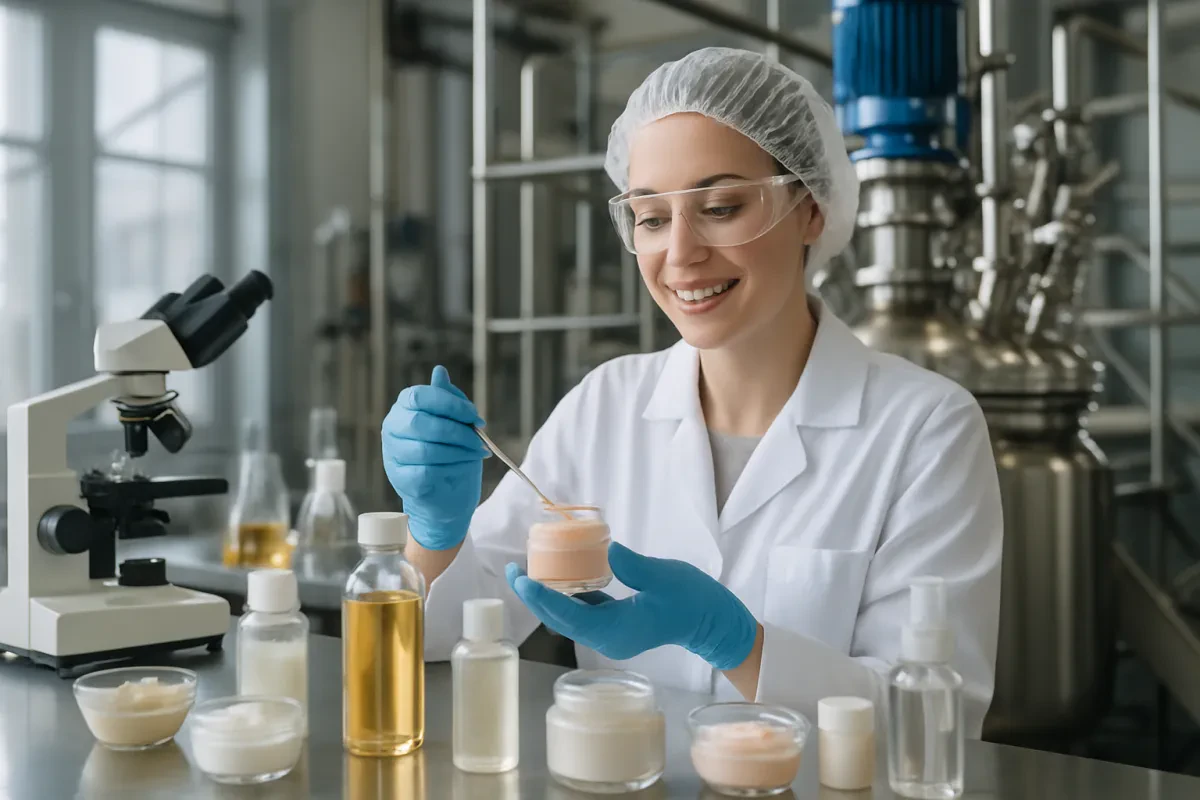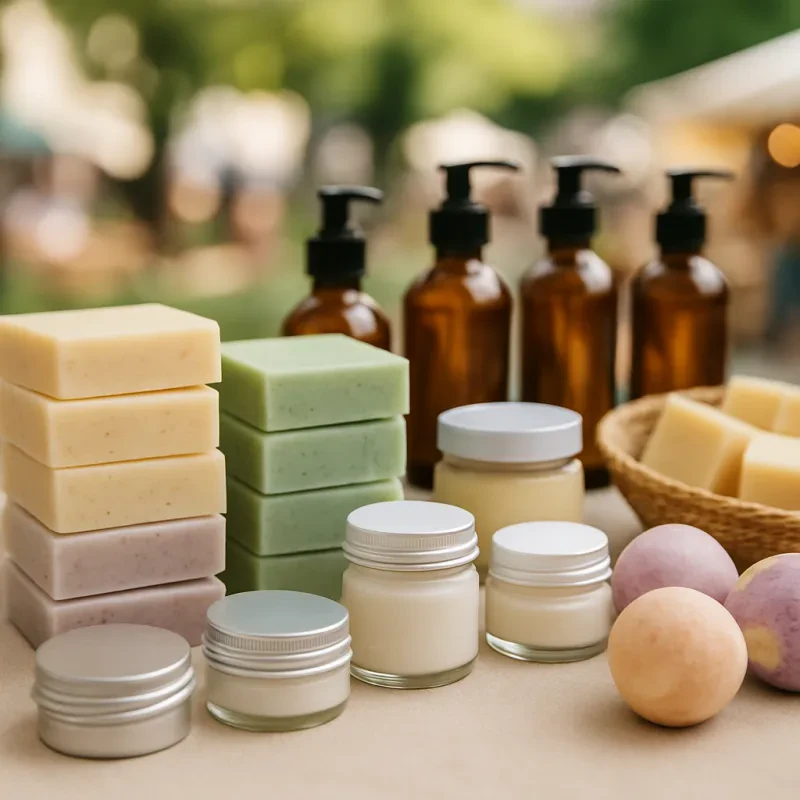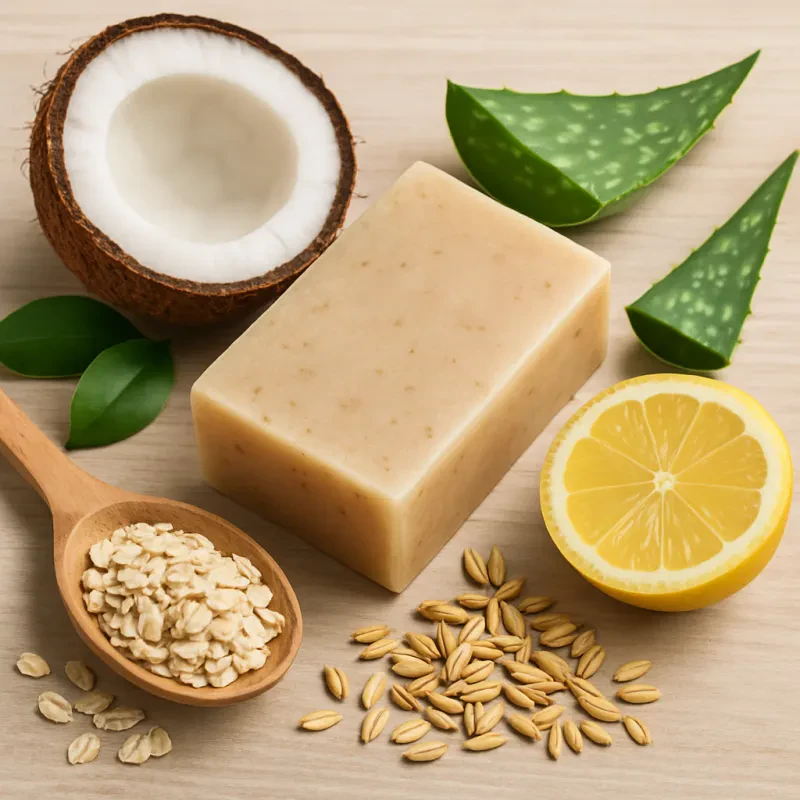Turning a passion for handmade cosmetics into a successful business requires more than beautiful packaging and a loyal customer base. Scaling up from small-batch formulations to commercial production involves navigating complex challenges in formulation stability, manufacturing processes, regulatory compliance, and quality control. This transition can be exciting—but to ensure long-term success, it must be handled strategically and systematically.
Refining Your Formulations
Before scaling up, ensure your formulations are consistent, stable, and well-documented. What works in a 100g batch may not perform the same in a 10kg batch. Differences in temperature, mixing time, and ingredient interaction at larger volumes can affect the product's texture, appearance, and shelf life.
Start by refining your formulas for repeatability. Use precise measurements in weight rather than volume and maintain detailed records of every ingredient, supplier, and processing step. Test each revised batch for stability, microbial resistance, and performance to ensure consistency as you scale.
Ingredient Sourcing and Supply Chain Management
Commercial production requires reliable, cost-effective sources for your raw materials. Buying in bulk from cosmetic-grade suppliers not only reduces costs but ensures consistency and quality. Build relationships with vendors who provide Certificates of Analysis (COAs), Material Safety Data Sheets (MSDS), and documentation to support regulatory requirements.
Pay attention to ingredient availability and lead times. If a key ingredient becomes difficult to source or fluctuates in price, it could affect your production schedule. Consider having backup suppliers or alternate ingredients that are functionally equivalent.
Equipment and Production Methods
Handmade batches are often mixed with basic kitchen tools, but commercial production demands more specialized equipment. Depending on the scale, you may need immersion blenders, hot plates, filling machines, homogenizers, or jacketed mixing vessels to maintain consistent temperatures and mixing speeds.
You’ll also need to establish Good Manufacturing Practices (GMP). This includes sanitation protocols, batch records, standardized procedures, and clean workspaces to ensure safe and high-quality products. GMP isn’t just good practice—it’s a legal requirement in many regions for cosmetic production.
Packaging, Labeling, and Branding
As you scale, packaging must be functional, cost-effective, and compliant with regulations. You may need to invest in larger runs of custom packaging or labeling services. Packaging choices should also support the product's shelf life—especially for items with natural preservatives or active ingredients sensitive to light or air.
Labeling must include legally required information such as ingredient listings (INCI names), product weight, directions for use, and your business contact details. If selling internationally, verify the requirements in each target market.
Compliance and Regulatory Considerations
Selling cosmetics commercially involves compliance with local and international regulations. In the U.S., the FDA oversees cosmetic labeling and safety under the Federal Food, Drug, and Cosmetic Act. In the EU, products must comply with the Cosmetic Regulation (EC) No 1223/2009, which includes requirements for safety assessments, product information files, and registration in the Cosmetic Product Notification Portal (CPNP).
Common steps include:
-
Conducting stability and preservative efficacy testing (PET or challenge testing)
-
Maintaining a Safety Data Sheet (SDS) and Product Information File (PIF)
-
Registering your facility, if required
-
Keeping records of every batch produced for traceability
You may also need liability insurance and to comply with local laws around claims, such as “organic,” “natural,” or “hypoallergenic.”
Marketing and Distribution Strategy
Scaling your production is only half the equation—finding customers and distribution channels is just as important. Decide whether you’ll sell through your own website, online marketplaces, retail boutiques, or wholesale accounts. Each channel has different requirements for pricing, packaging, and order fulfillment.
Brand positioning is also key. As competition in the natural and handmade cosmetics space grows, your brand story, product benefits, and visual identity must resonate with your target audience. Invest in professional photography, SEO, and digital marketing to increase visibility and build trust.
Quality Control and Customer Feedback
Implement quality control checks at every step of production—during ingredient receipt, mixing, filling, labeling, and storage. Documenting these checks ensures traceability in case of customer complaints or product recalls.
Don’t ignore customer feedback during this process. Reviews and return rates offer valuable insights into how your products perform once they leave the lab. Use this data to improve formulations, packaging, and user experience.
Final Thoughts
Scaling up handmade cosmetics to commercial production requires more than just making bigger batches. It’s about translating your artisanal quality into a consistent, compliant, and market-ready product. By investing in solid formulations, good manufacturing practices, and clear brand strategy, you can build a sustainable business that bridges the gap between handmade artistry and commercial viability. With the right foundation, your products can make the leap from kitchen experiments to trusted staples on store shelves.



